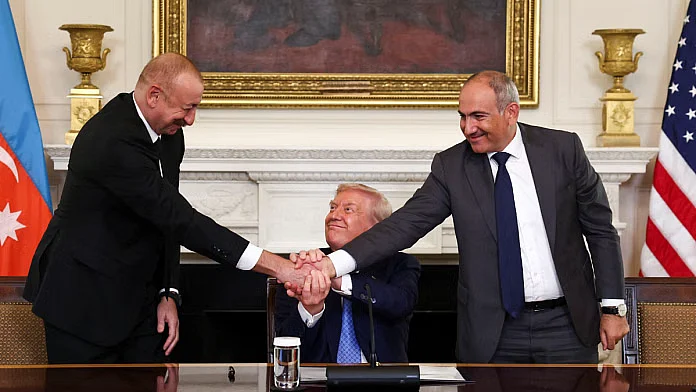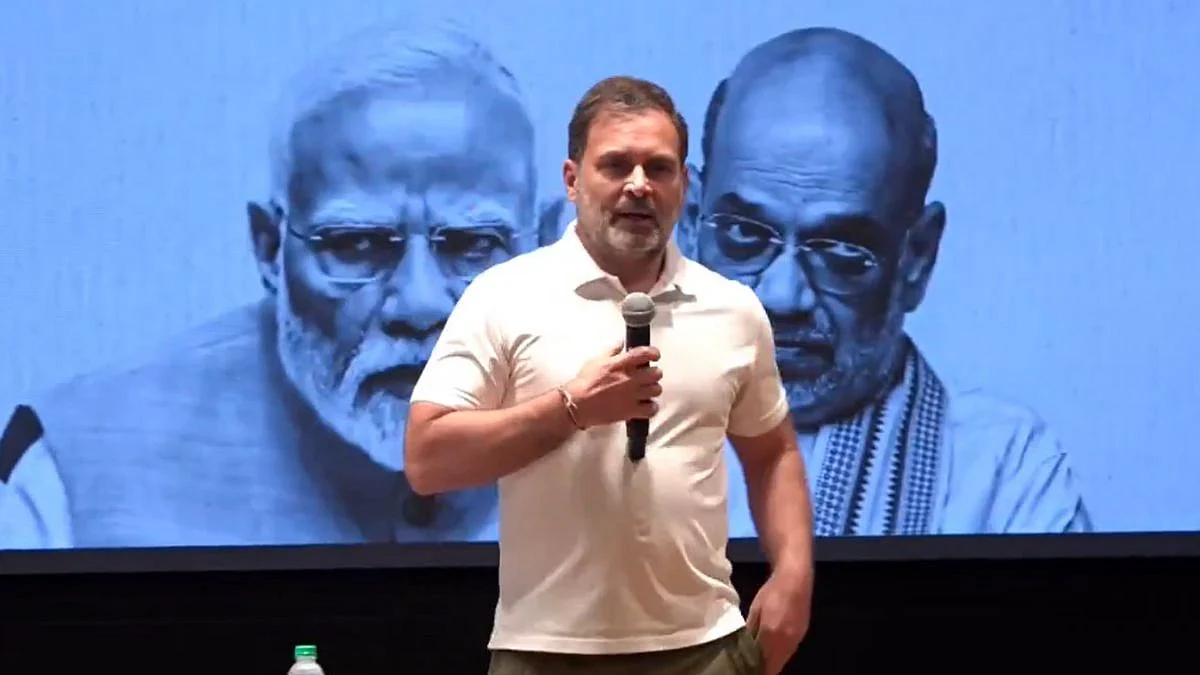Former Chief Economic Adviser Arvind Subramanian has said that India’s domestic market is small, hence it was necessary to focus on increasing exports to jumpstart the economy. There is no gainsaying that the provision of national resources for consumption by our own people is ‘domestic consumption’ while providing the same resources for consumption by foreigners is ‘export’. International bank J P Morgan has agreed with this prognosis and added that government expenditures, especially investments, can help.
However, our record of exports in the recent past does not augur well. The United Nations Conference on Trade and Development (UNCTAD) has reported that China's exports increased by 25 per cent in the first quarter of 2021, compared to the first quarter of 2019. South Asian exports—in which India is the dominant country—declined by two per cent in this same period. In 2020, analysts had expressed great hope that the negative sentiment against China due to the emergence of the Covid virus in Wuhan would lead to a reduction of imports from, and investment into China. It was hoped that India would be able to capture the markets and investments exiting from China. This hope has not only been belied but the opposite is taking place. Instead of capturing the markets opened by the exit of China, we are slipping even from our own markets.
Praise and distress
In my assessment, this dismal performance by us is mainly due to the obstructions and rent-seeking by our bureaucracy. Indeed, while exporters laud the present government for introducing certain online facilities, at the same time, they lament the great harassment they face.
One exporter from Mumbai narrated to me that he had to ship a consignment before a particular date. The container reached the port in time. The customs officer, however, would not clear it. He said that he wanted to weigh each of the 1,600 jerkins of 25 kg each, to make sure that the quantity declared was correct. Now, such weighment would take at least two days. That would lead to the exporter missing the deadline for shipment and he would incur a huge penalty. Left with no other option, he paid a bribe of Rs 50,000 and the consignment was cleared promptly. At the same time, the same exporter also lauded the present government for forcibly retiring number of allegedly corrupt officers and promoting the honest ones.
There remains extensive corruption on the ground despite this action at the top, as indicated above. Therefore, the government will have to take steps to make the ground-level bureaucracy responsive and accountable. This cannot be done from the top alone. A pincer-like movement, with the appointment of honest officials from the top, combined with public pressure from the bottom alone will beget smooth exports. If similarly harassed exporters can call the PMO and complain against errant customs officers and the PMO can immediately clear the consignment, then alone could our exports grow. The hope of an export-led growth will remain a mirage in the absence of such an approach.
Big industries booming
Both the former chief economic adviser and J P Morgan do not think that domestic consumption can lead the economy. We need to place their despondency in perspective. Our growth rate has been declining continuously since 2014, while the Sensex has been climbing higher and higher. We need to understand the reasons thereof. Pray, what could be the reason for the booming share market when the economy is going downhill? The Sensex reflects the profitability of the largest companies in the country. Thus, we may say that the economy is contracting but big industries are booming.
The reason is the economic policies implemented by the government. Demonetisation hit the small industries hard because they operated in cash. Large industries emerged unscathed. The GST facilitated the movement of goods from one state to another. However, it is mostly, if not entirely, the large industries that engage in interstate trade. The large industries are able to send their products across the country.
Before, the difficulties faced by large industries in obtaining ‘C’ forms and negotiating octroi led to small, in-state industries securing a competitive advantage. A curtain manufacturer from Haridwar told me that he was thrown out of the Uttarakhand market because manufacturers from Surat were able to get their products in easily after GST. The huge investments made by the government in making highways have had the same effect. Small industries use them less than the large ones. Thus, the cost incurred by small industries in getting their goods to the market has declined less while the large industries’ cost for the same purpose has declined more.
The materials and machines used to make highways have also created demand for equipment like JCBs and materials like cement and steel, made by large industries. The killing of small industries has led to a reduction in employment and translated into lack of demand in the domestic economy. The despondency of the CEA regarding the lack of domestic demand is therefore, the direct result of the policies advised by him.
Services sector
The situation is grim in the services sector as well. According to the India Brand Equity Foundation, the Purchase Managers Index for March 2021 declined to 54.6, from 55.3 in February. This is hugely serious because the services sector accounts for nearly 80 per cent of the economy in developed countries.
The government is faced with problems on all three fronts: export, domestic and service. Exports are down because of the stranglehold of the bureaucracy. The domestic market is down because of the policies of the government. Services are down because the education system sells certificates, instead of teaching.
My assessment is that taming the bureaucracy will be difficult, given the dependency of the political parties on the same bureaucracy. It may be easier to change the domestic policies. The direction of investment in infrastructure should be changed in favour of small towns, instead of metropolises, such as making roads and providing electricity. Education should move from secured employment of teachers to a voucher system, wherein the students can buy education from an institution of their choice.
The writer is former Professor of Economics, IIM Bengaluru, and can be reached at 85278-29777










